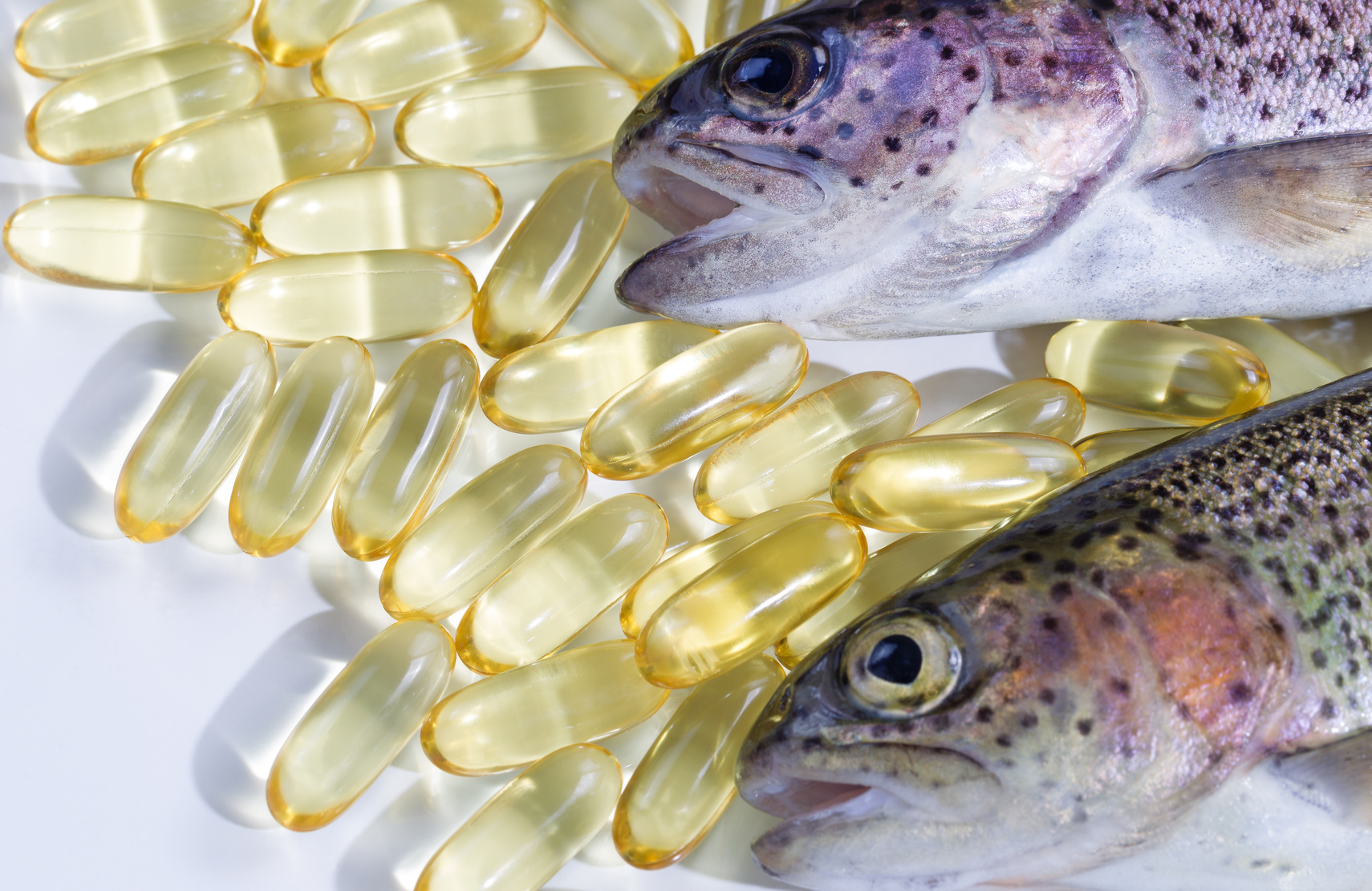High juvenile presence in Peru ends an already tough year for fishmeal production

In Peru, the quota announcement in November 2016 for the second anchovy fishing season initially revived the market, however, subsequent closures due to the high juvenile presence halted fishing activities. The raw material supply has thus been poor, and it is likely that prices of fishmeal and fish oil will trend upwards, at least until the Peruvian government announces the new total allowable catch (TAC) for the first season in 2017.
Nevertheless, some analysts are forecasting a high probability of a bumper harvest for anchovy fishing in Peru in 2017, which could possibly be ascribed to expected larger anchovy schools. With this prediction, it is unclear whether the price of fishmeal and fish oil will increase or decline in 2017.
Production
Peru finally formalized its TAC for the second anchovy fishing season in 2016 at two million tonnes, a significant increase of 81 percent compared with the 2015 TAC. Industrial fishing vessels were able to start fishing activities on 15 November 2016. Hence, the total TAC for 2016 totaled 3.8 million tonnes.
However, the allocated TAC is far from reality and stock surveys conducted by Imarpe in the first half of 2016 resulted in a record short first fishing season in Peru. Merely 50 percent of the designated quota was caught, amounting to only 900 000 tonnes of landings. The entire industry was then waiting for the release of the second fishing season quota to see how 2016 would develop.
During the second fishing season, the Peruvian Government ordered the preemptive closure of eight fishing areas due to the high presence of juvenile fish. Whether the season will be extended to fulfill the quotas is still unknown, but the current scenario makes reaching the TAC extremely challenging.
The combined production of fishmeal from Peru and Chile for the first three quarters of 2016 amounted to only 491 000 tonnes, a decrease of 34 percent compared with the same period in 2015. Not surprisingly, this was the lowest volume registered in the past five years. For fish oil, the total output from Peru and Chile in the first nine months was less than half of the same amount in 2015. Nordic countries saw fishmeal and fish oil production remain stable during the review period.
Exports
With relatively good stocks carried over from 2015, Peru saw relatively stable fishmeal exports during the first nine months of 2016, even in the context of poor landings. However, for fish oil, which can easily become oxidized over time and therefore cannot stock as well, the total export amount decreased by more than 25 percent.
In the USA, the Atlantic States Marine Fisheries Commission and National Oceanic and Atmospheric Administration (NOAA) confirmed the menhaden fishery's sustainability. Based on scientific surveys, the commission approved a TAC for the 2017 season with a 6.45 percent increase to total 200 000 tonnes. In view of this optimistic TAC, the USA is catching up quickly as a significant exporter of fish oil, with volumes amounting to 59 300 tonnes during the first nine months of 2016, 26 percent higher than the same period of 2015.
Markets
China and other Asian countries continue to absorb most of South America fishmeal production, not only for aquaculture but also for their terrestrial farming sector, particularly the hog industry. 70 percent of total Peruvian fishmeal exports in 2016 were destined for China. It is also similar for Chile, with more than 60 percent of Chilean exports going to Asia in preparation for high consumption periods such as Chinese New Year and the Spring Festival.
The toxic algae bloom that occurred early in 2016 in Chile led to a global supply shortage of salmon. With lesser salmon volumes to feed during the review period, Chile reported its lowest import volumes of fishmeal from Peru in the past five years. Total import volumes from Chile declined by a remarkable 35 percent, totaling only 13 200 tonnes. According to the latest news, Chile is now trying to revive the farming sector with more preparatory regulations, of which the first priority lies in preventing the algae bloom from occurring again. It is expected that there will gradually be larger import volumes of fishmeal from Peru in 2017 as the Chilean salmon industry recovers.
For the Norwegian aquaculture sector, 2016 was an impeccable year due to the relatively weak krone against the euro and US dollar, high mortality of farmed salmon in Chile and strong US market demand. The soaring price of Norwegian salmon in 2016 stimulated the farming sector, leading to a larger import quantity of fishmeal and fish oil, both of which serves as salmon feed. Indeed, in the first three quarters of 2016, a five percent increase in fishmeal imports into Norway and a ten percent increase in fish oil imports into Norway was reported.
Price
As stated by The Marine Ingredients Organization (formally the International Fishmeal and Fish Oil Organization) report, the monthly average FOB Peruvian super prime fishmeal price began to bounce back in September 2016 after a continuing decline from mid-2016, which was explained by the demand and supply gap.
Poor landings in Peru for the first season pushed a large amount of companies to presell their stocks in order to pull through the raw material shortage and maintain their balance sheet performance, thus price conceded as a compromise. However, from September 2016 until early 2017, the market is likely to see prices trending upward as fishing activities in Peru were disrupted. Combined with poor landings in the first season and the overall low supply in 2016, the first half of 2017 will likely be a time of raw material shortage and price increases.
The report analyses the market situation over the period January-December 2016

